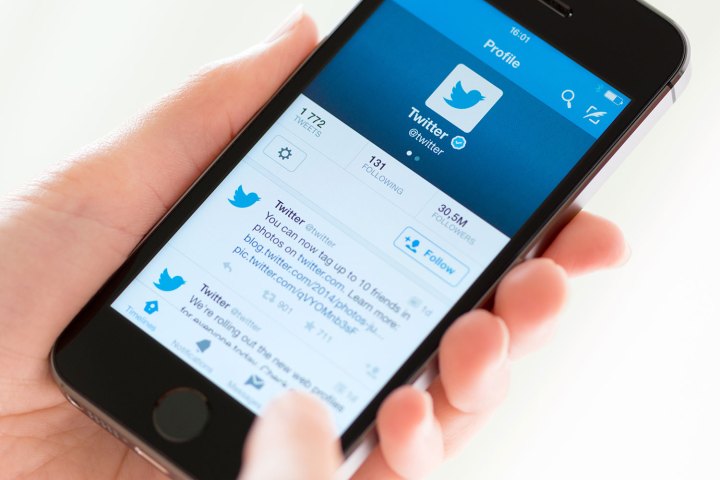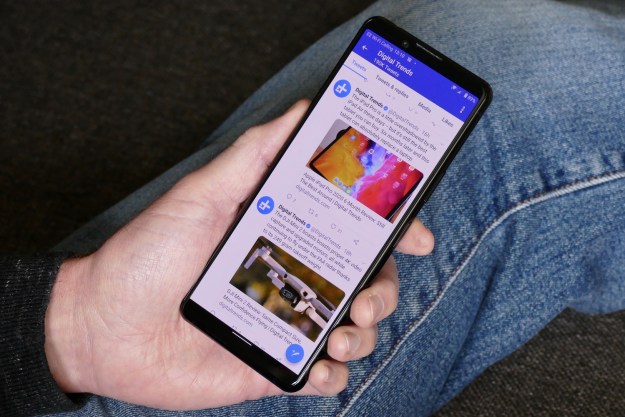
Video cards mix the visual content with the web page preview, instead of showing just a text link with the video. Underneath the autoplay videos, a web-page preview with a headline is displayed, allowing users to see more about what a website contains than a URL alone.
The web page below the video will also load while the video plays — which means if you do follow that link, you won’t be sitting idle while waiting for the page to load. The video serves both to grab attention and to keep attention while the website loads. The move also means Twitter users will be seeing more autoplay videos as Twitter expands the different advertising options.
For businesses, Twitter says the new format has a 2 times higher clickthrough rate because of the engagement from the video. The link after the video serves as a way of continuing the conversation sparked by the video. Once it was operating, the pre-loaded web page feature generated a 60-percent increase in retention, Twitter said, referring to the beta test of the new feature. Companies can also choose whether to prioritize video views or website clicks in the campaign.
“The Video Website Card is designed to work across a variety of brand objectives, as well as in the gray spaces that often exist between objectives,” wrote Sean Huang, a Twitter revenue team member. “So whether a brand is pairing the Video Website Card with the high reach of First View to announce a product launch, inviting travelers to click through to learn more about a featured destination, or showcasing game play to drive advance sales of a new video game, the Video Website Card removes friction for the consumer to engage, learn, or convert at their own rate.”
The new video card ads launched on Tuesday, October 17 with global availability.
Editors' Recommendations
- X now offers audio and video calls, but it’s easy to turn off
- Twitter is now giving money to some of its creators
- New feature shows that even Twitter wants to be like TikTok now
- Twitter is testing adjustable video playback speeds
- Twitter wants to give your photos and videos ‘more room to shine’




